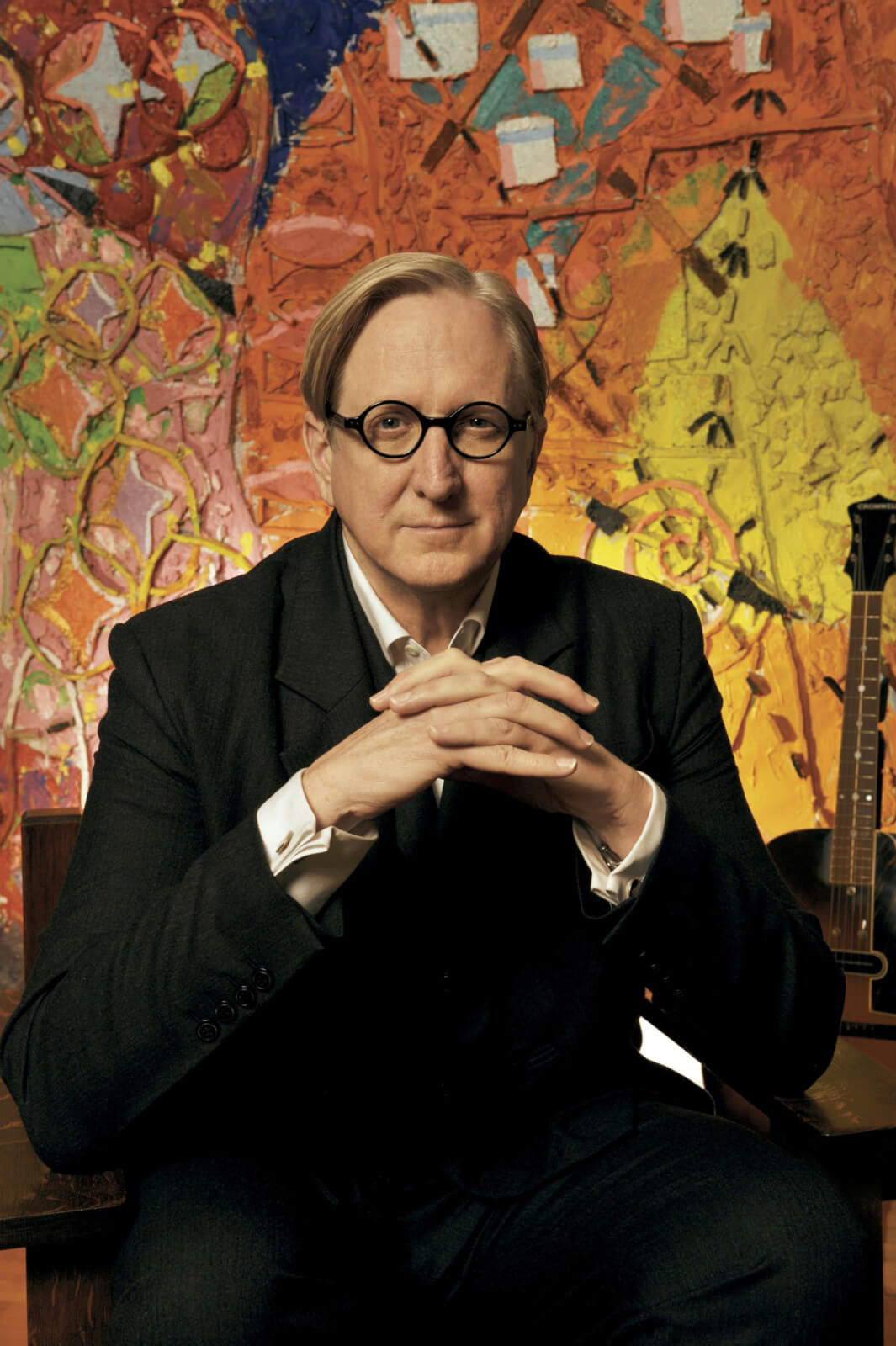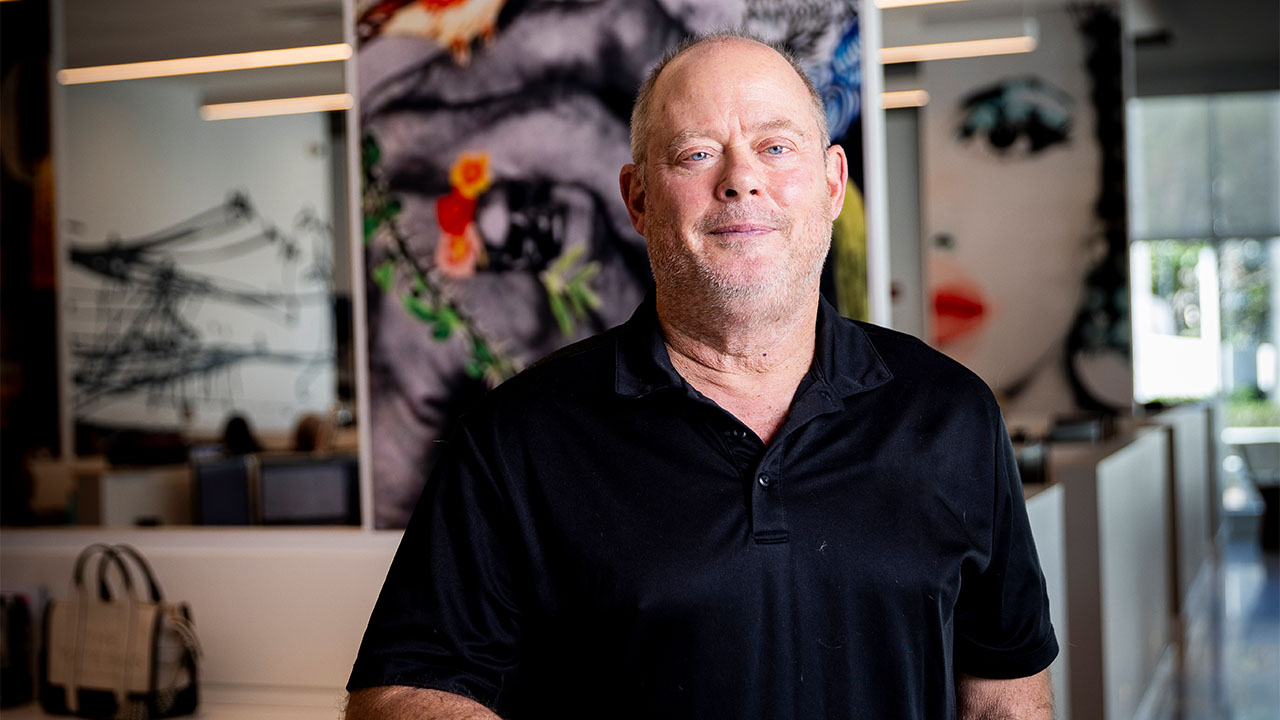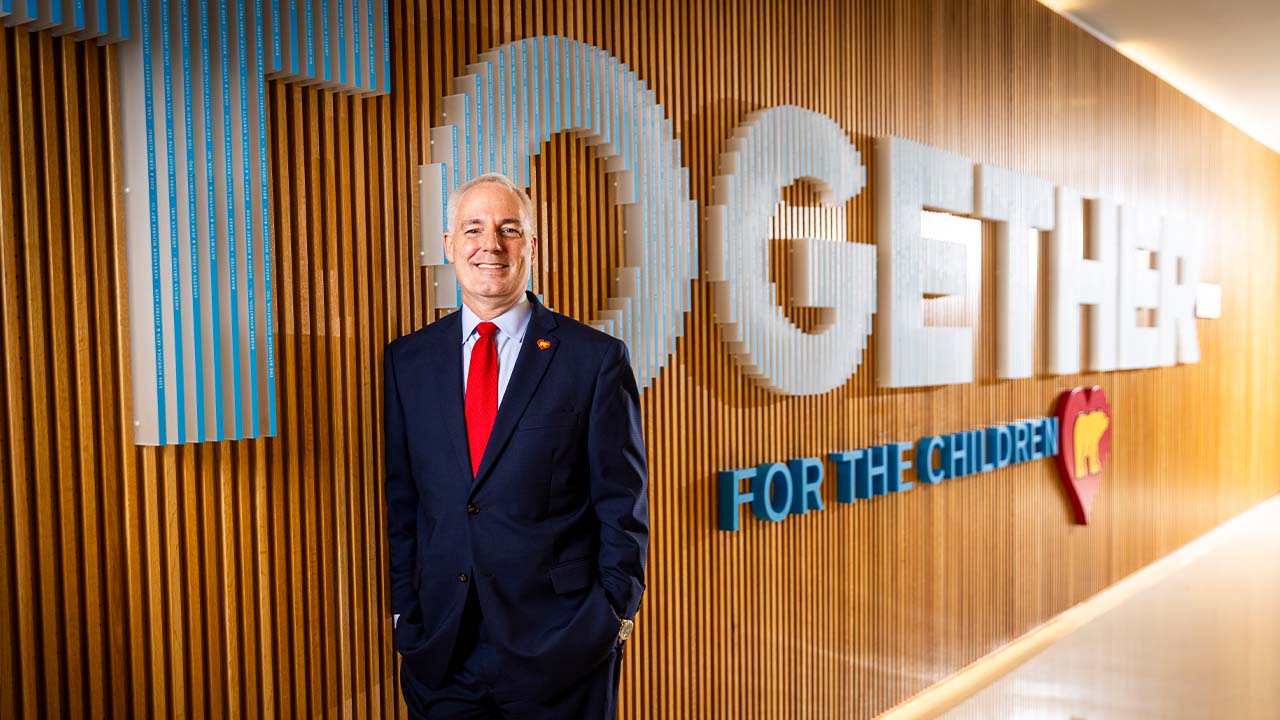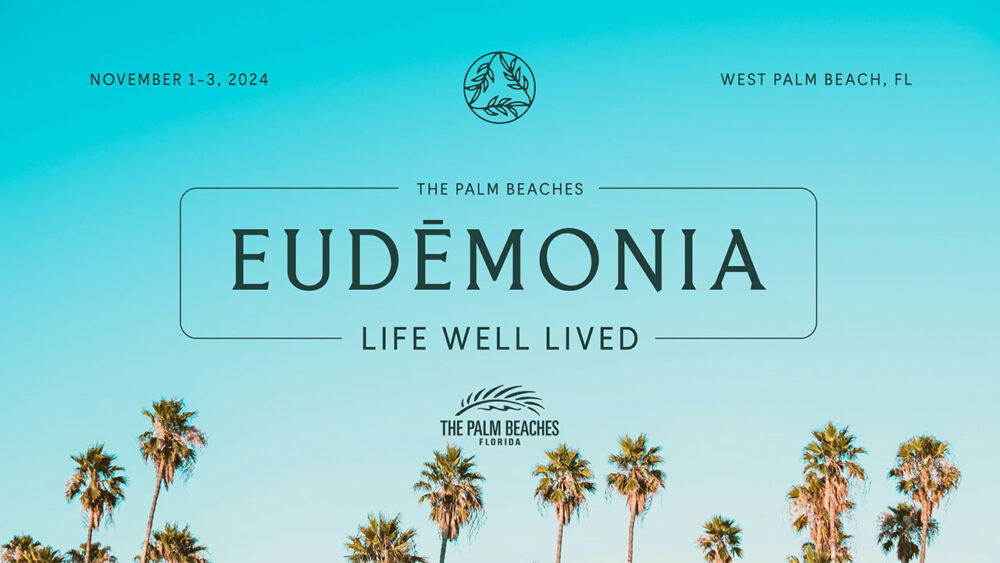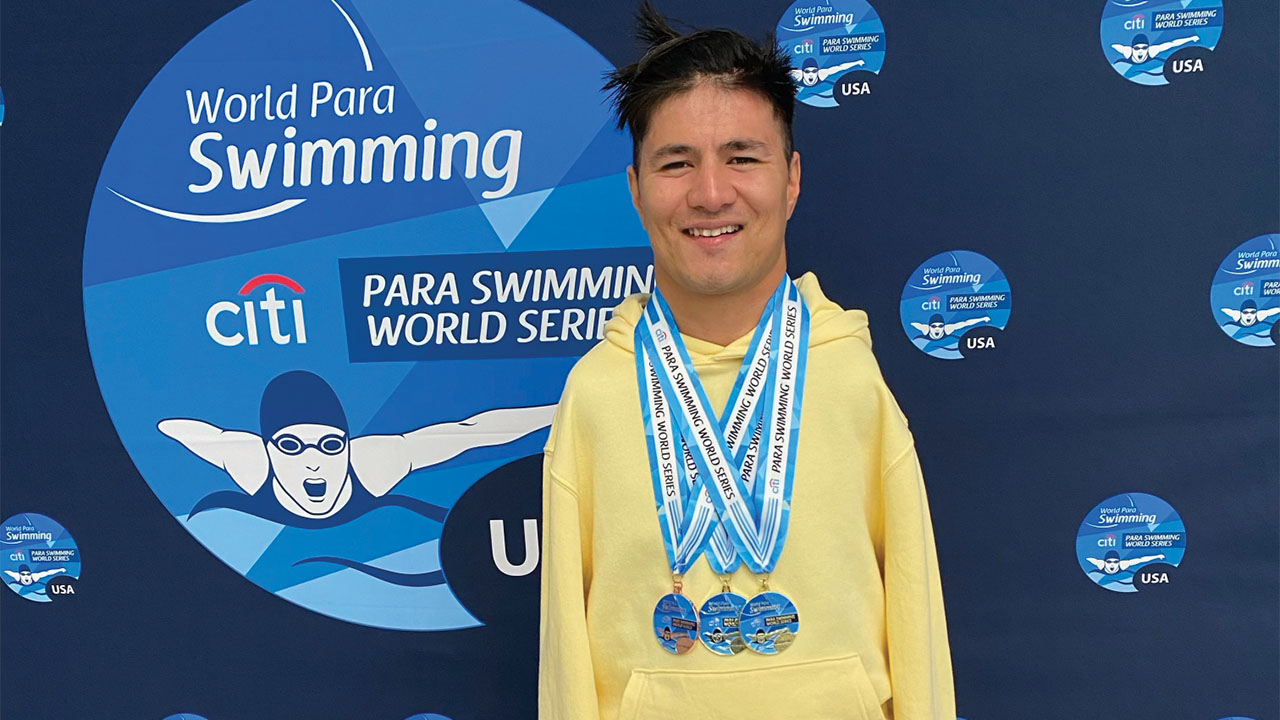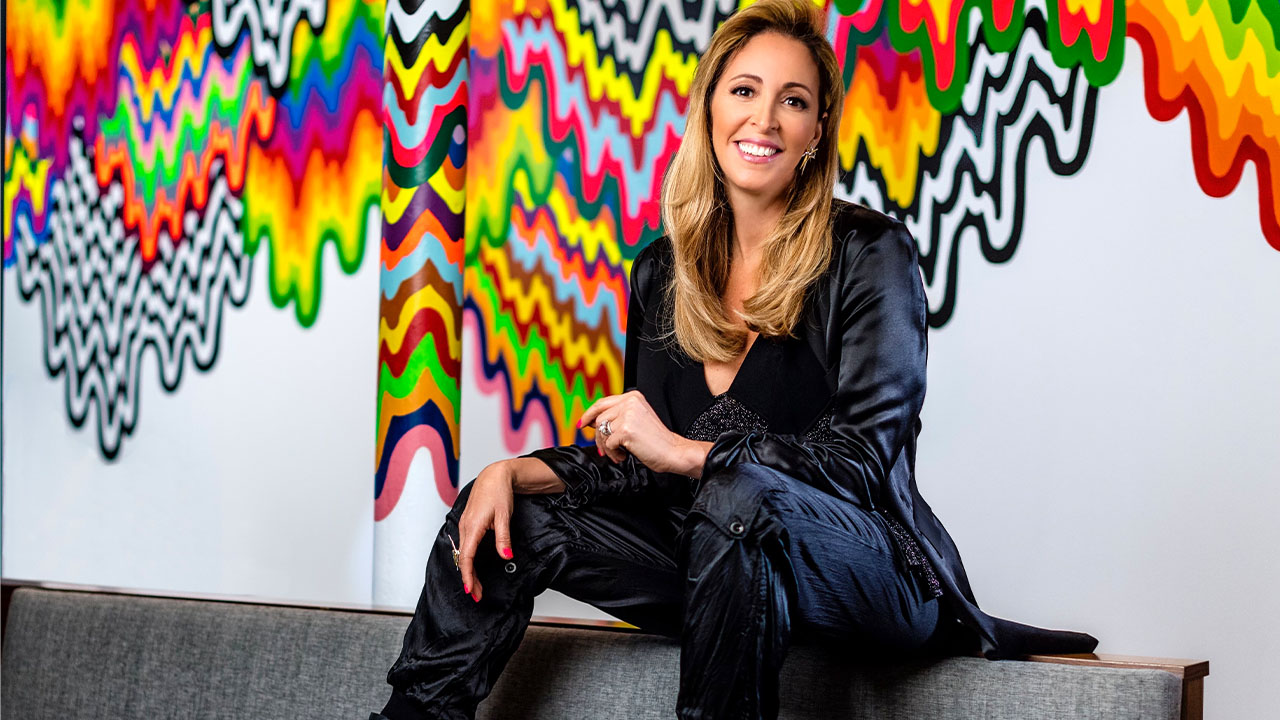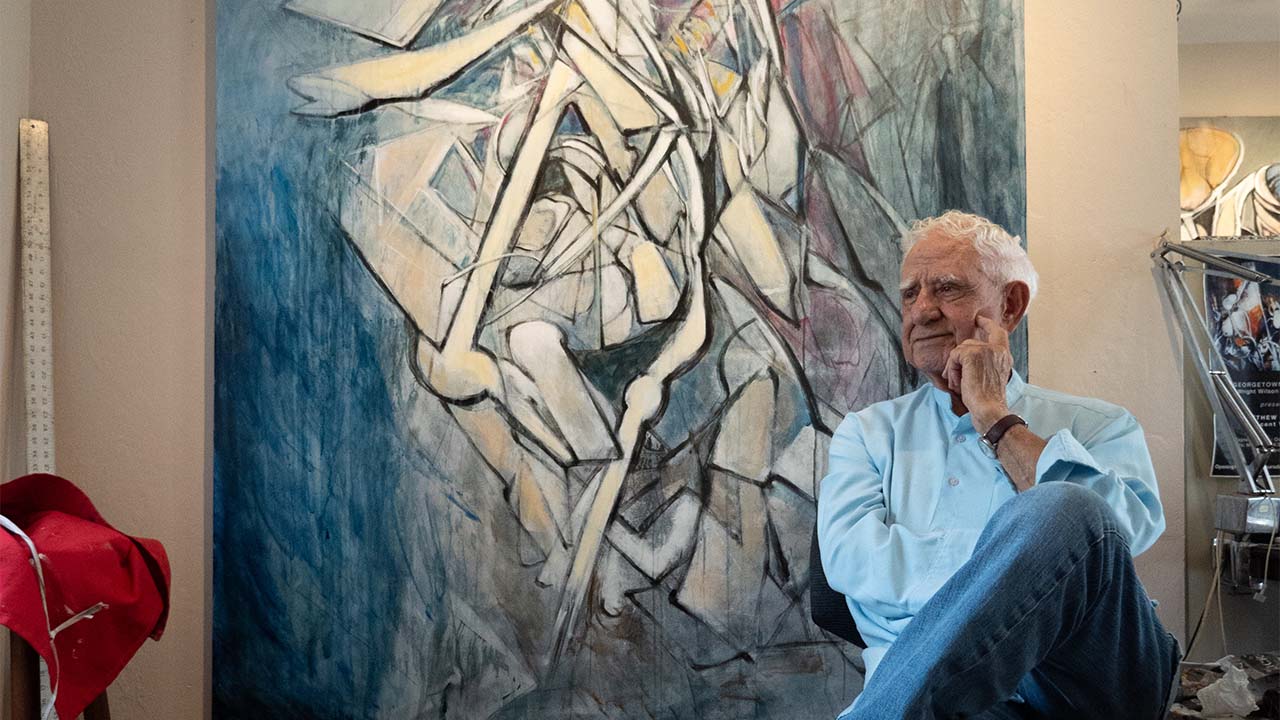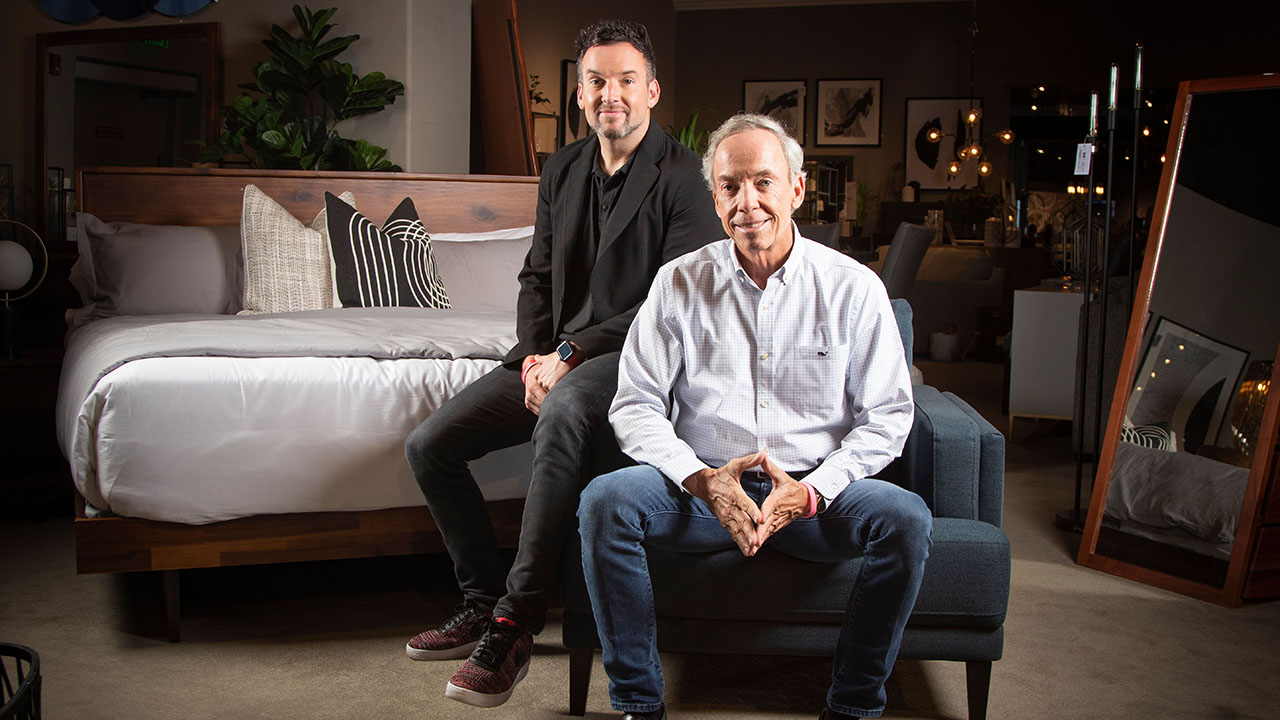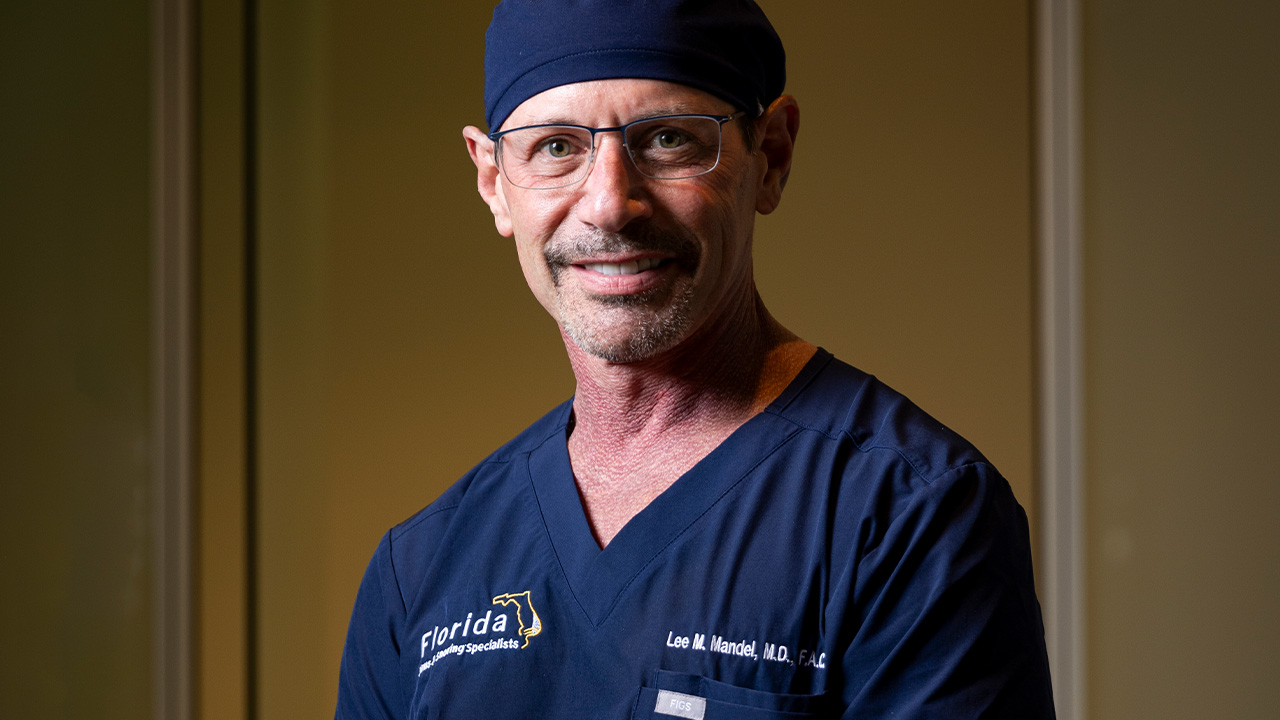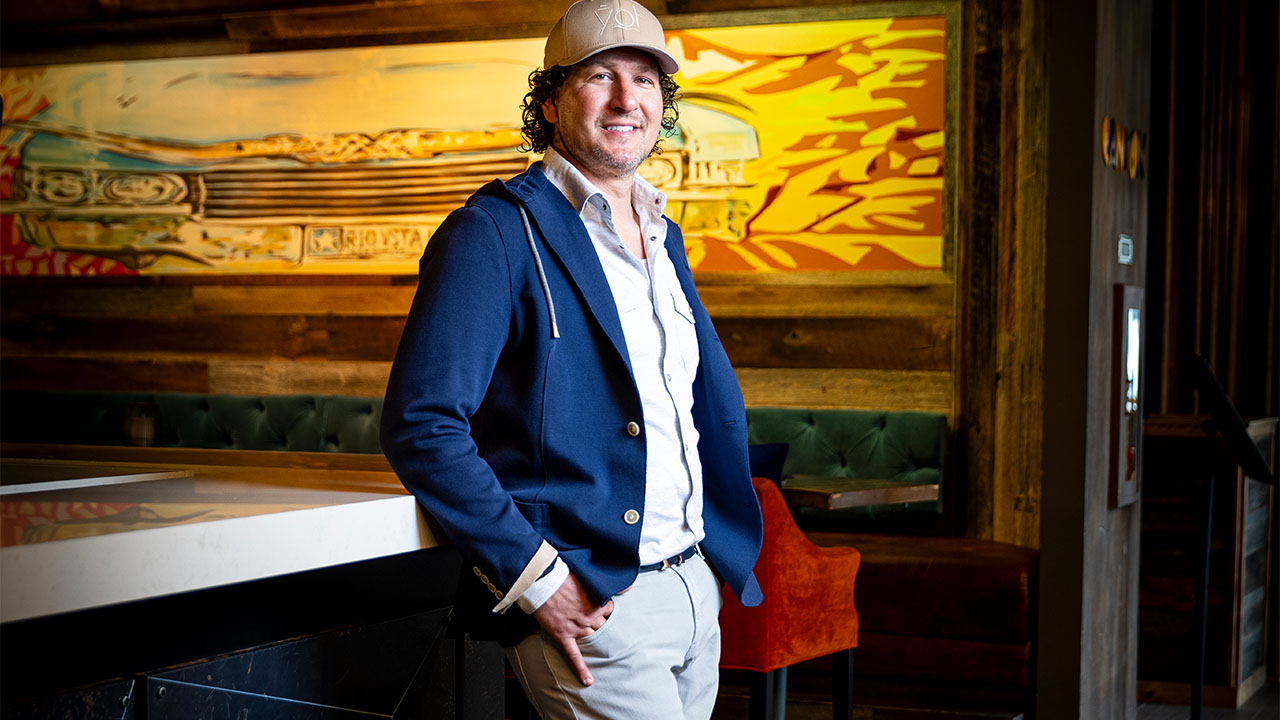Despite a journalist’s best-laid plans, interviews don’t always go as expected. In the case of Lifestyle’s recent conversation with T Bone Burnett, one such detour says as much about the perspective he brings to his artistic endeavors as any of the mile markers along his remarkable musical journey.
Though the renowned producer, performer and songwriter ultimately answered questions over the course of an hour about everything from touring with Bob Dylan to collaborating in the studio with Robert Plant and Alison Krauss to working with Roy Oribson and Jeff Bridges, it was an early query about his plans for the upcoming Festival of the Arts Boca that sent the interview down a different path.
Burnett has yet to finalize his March 1 presentation at Mizner Park Amphitheater, part of the Authors & Ideas series during the week-plus of cultural programming at the festival, but whatever is brewing is sure to be influenced by his current documentary project involving the Fisk Jubilee Singers (the African-American a cappella group at Fisk University in Nashville that dates back to 1871) and Highlander Folk School (the social justice research and education center in Tennessee where the likes of folk legends Woody Guthrie and Pete Seeger once studied).
His fascination with the civil rights history of Nashville, and the inspired role that music plays in it, speaks to a broader question about art and society—one that the man who wrote the score for the 2000 film “O Brother, Where Art Thou?” and co-composed the Academy Award-winning song, “The Weary Kind,” for the 2009 film “Crazy Heart” has plenty about which to say.
What do you see as the role of the arts in a charged social and political climate, such as the one we’re in now?
Artists have to rise to the occasion. To me, art and religion and science are all part of the same thing. The artists, to my mind, are the most imaginative of the thinkers. Jules Verne put a man on the moon a hundred years before a rocket scientist. So, we have to look at what’s going on today and talk about it in a way that’s human, humane and loving.
Bob Dylan is a great example of an artist who waded into the times and the forces that were taking control—and had a clear-eyed view of it. He put [his music] out in a way that could lead people to a better place. I think he was always trying to lead people, including himself, to a better place. … A lot of us, at that time, were willing to hear what he had to say and, often, act on his point of view.
How does your current project about the Fisk Jubilee Singers and Highlander Folk School play into that narrative?
It’s a way of responding to the very reactionary environment we find ourselves in right now. It seems that our country is being ruled by fear, not love. … As a Christian, it’s incredibly painful to see an evangelical wing of the church that will spend more time thinking about whether they should sell a cake to a gay couple than they will about electing a pedophile to national office.
The civil rights history of Nashville is an extraordinary story that’s been buried in history for obvious reasons. The United States hasn’t gotten over segregation yet, as much as we’d like to call ourselves by odious terms like “color blind.” The fact that we’re in a civil war now between the “coast” and the “plain” is disturbing. … I’m looking back on the whole civil rights epoch that we lived through and trying to draw what lessons I can from the leaders and thinkers of that movement.
Are you hopeful that we’ll hear more musicians making Dylan-like statements about what’s happening in this era?
I think it’s growing. The turbulence of the ’60s gave rise to Dylan. The turbulence of this time is giving rise to Kendrick Lamar and Chance the Rapper. Hip-hop is the rock-n-roll of this time; it’s the music that grows up from the street. So much of pop music is talking about nothing. The part of pop that’s hip-hop is talking about issues. Kendrick Lamar has fused Dylan and Miles Davis into some kind of really profound new form. So I’m following those guys like a leopard right now. They’re the ones leading the conversation.
Early in your career, you toured with Dylan during the famous Rolling Thunder Revue in 1975-76. What did you learn about your craft from being around him?
It was a life-altering experience, to be sure. It was a master’s class in show business. Watching how Bob maneuvered through the choppy waters of the mid-1970s was fascinating. Since then, I’ve noticed that I’ve done many group shows and revues because of the things I learned from both Bob and Jacques Levy (who directed the initial leg of the Rolling Thunder Revue) about how to direct a show, sequence it, and how to tell a story with different artists—yet bring the show together as a community.
Bob was extremely gracious and deeply generous. He was at the top of his game, and he opened up his stage to all sorts of young musicians. I think the hip-hop people do that, in a way. Each cat that comes up sort of holds the door open for the next cat. There’s still that sense of community in that part of music, and that’s why it’s the healthiest part of the industry right now.
How did your work as a musician help you in the studio? What leads you into the studio as a producer? Did you feel like producing was capitalizing on your skill set in a way that performing hadn’t?
I started producing records in 1965, so I always thought of myself as a behind-the-scenes person. I wanted to be like Burt Bacharach when I was a kid. He wrote songs for movies, he was married to Angie Dickinson, and he hung out at the racetrack. That sounded like a good life to me, at the time.
I was never a road dog, although later in life I did it out of necessity. So, I liked that recording and producing happens in private. When we were recording in the 1960s, all the distortions and experiments we did were all done physically. Now, it’s all done digitally, and it’s so much more facile. That’s what one has to be careful about now. You have to use digital [technology] carefully.
Let’s talk about some of your collaborations. You produced “Raising Sand” with Alison Krauss and Robert Plant, bringing together the worlds of country and rock. How did you go about cultivating the mood that embraces that album?
Both of them are extraordinary singers and conjurers. They were both very open. You know, it’s other people who put the tags on everything. I’m sure Robert didn’t want to be limited to being a hard rock singer. Zeppelin was always doing blues songs. And Alison didn’t want to be strictly a bluegrass singer. Both of them were looking to get outside of their comfort zones and do something more adventurous. It was one of those great, lucky and beautiful collisions that turned into something much more than any of us ever envisioned when we started.
You worked on two songs for Roy Orbison on “Mystery Girl,” including “The Comedians,” which is just a slice of heaven. What was it like working with Roy?
It was so much fun. He was Roy Orbison. He dressed in black, he had the black hair, he drove around in a Mercedes convertible—very much the classic rock star. Roy told me that he tried to write in the form of an aria. He started in his lowest note and kept stepping it up, so the song would be a journey from his lowest register to his highest.
When we were looking for songs for “Mystery Girl,” I called Elvis Costello. He had a song called “The Comedians” that he felt he never got right. He wanted to rewrite it for Roy. I told him to listen to Roy’s songs and find his lowest note and highest note—and write the song to go between the two. Elvis is relentless and brilliant; he rewrote the song and I sent it to Roy.
A couple of days later, Roy tells me, “I love this song, ‘The Comedians.’ This guy is so smart. He wrote it right between my high and low registers.”
I learned a tremendous amount about art and music from Roy. By the way, he grew up in Fort Worth, too.
What was it like working with a breaking talent like Brandi Carlile on “The Story” compared to veterans like Elton John/Leon Russell?
The more veteran the artist, the less I have to do. I just have to listen very closely and say, “That was a good take. Let’s stop there.” With Elton, that’s almost the whole job.
T-Bone, you’re ruining my illusion of you as a genius in the studio.
(He laughs) That is my genius. I have a genius for listening.
With a younger artist, you try to keep them on the rails. You’re trying to set them up for what you hope will be a long life in music. I feel incredibly lucky to have had a 50-year life in music. I’ve never had a job, really. … I’ve worked with several artists just starting out and was able to set them up for a good long run by trying to help not make the same mistakes I made.
How challenging is it to bring someone’s film or TV vision to life through music?
I began putting image and music together early on, and I really enjoyed that process. Like I said earlier, I also wanted to be Burt Bacharach and write music for movies.
The thing I’ve learned over the years is that plot and story are not nearly as important as character. When you impose a story over a character, the character falls apart. What I try to do with every film or TV project is to create a history for the character. When Jeff Bridges and I were doing, “Crazy Heart,” we spent about six months putting together things like, what’s the first song Bad Blake ever heard on the radio. The first song he pulled out of his parents’ record collection. What did his own record library look like as a kid? What were his influences?
We also had to deal with the reality of Jeff’s voice. Jeff has a beautiful chest voice. So many of the country singers sing in head tones. We had to look for guys who sang in their chest: Don Williams became a prototype. Leonard Cohen. We were inventing a country star that should have been, or at least who could have been.
Can you put into words the intangible you bring to the table that makes people want to work with you?
No, I can’t (he laughs). Maybe the quality is that I try to stay out of people’s way. A good manager will hire really good people, and then support and encourage them while staying out of the way. One of my mentors as a record producer gave me that advice. Don’t try to enforce your will or vision on anything.
The thing I know is that I mostly work with live musicians and live singers in the studio all at the same time, rather than constructing music. It’s the most enjoyable, for me, to have everyone playing and singing at once. From there, I walk around the studio until I hear it sounding like a record. I try to find the balance in the room, and when I find it, I just sort of stay there until I hear it finished.
Festival of the Arts
When: Feb. 23 to March 4
Where: Mizner Park Amphitheater and the Cultural Arts Center, Boca Raton
What: The 12th annual ode to the cultural arts promises one of its strongest lineups of performances and lectures over the course of 10 different evenings. Concerts include soprano Kathleen Battle with the Lynn Philharmonia, Itzhak Perlman—and Bill Murray, who takes the stage with Jan Vogler & Friends for an evening of “music, poetry and prose.” In addition to T Bone Burnett, guest lecturers include president of the Council on Foreign Relations, Richard Haass.
Tickets and schedule: Visit festivaloftheartsboca.org for details.



